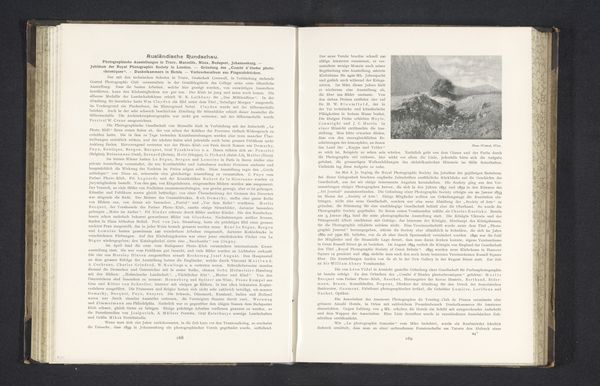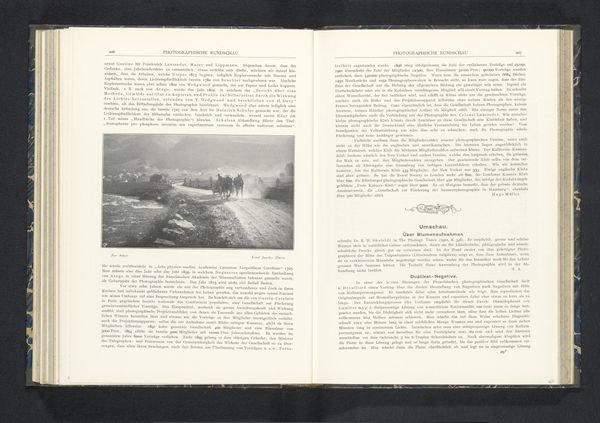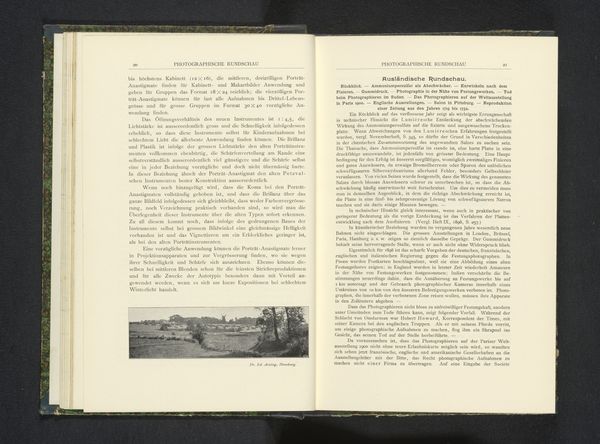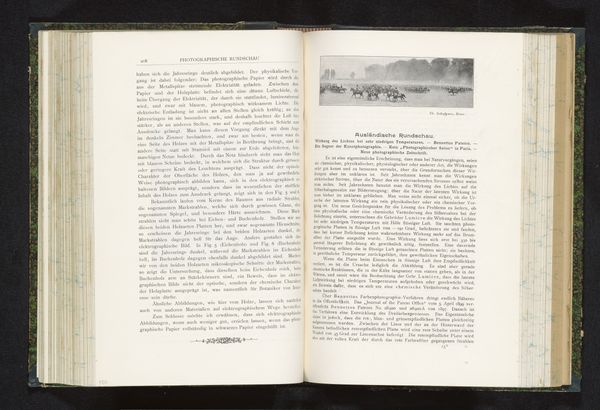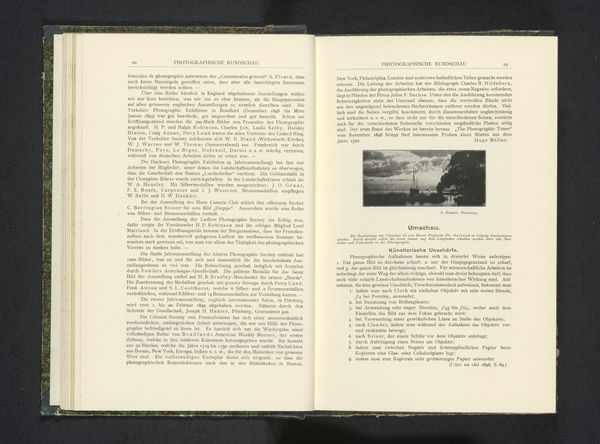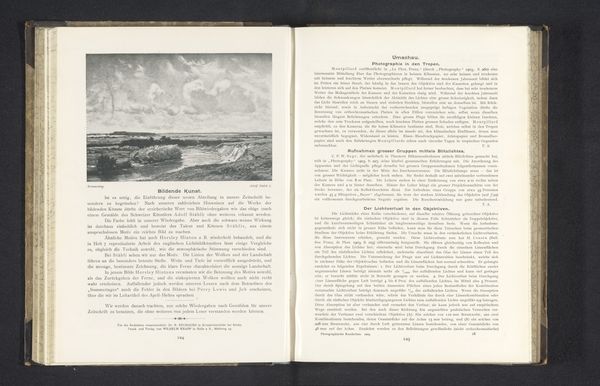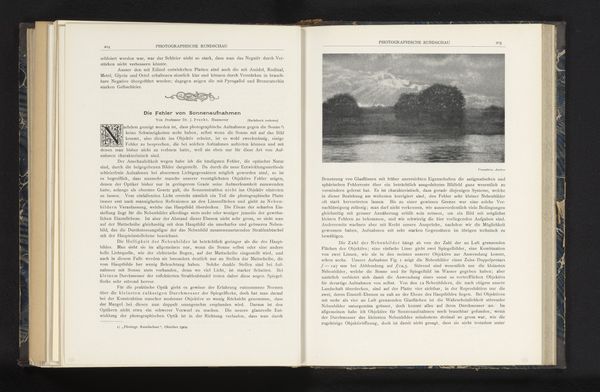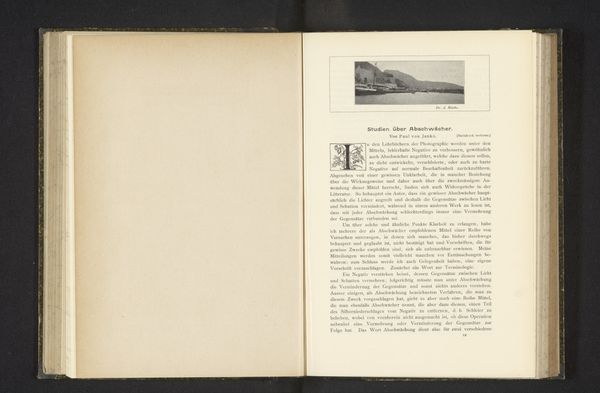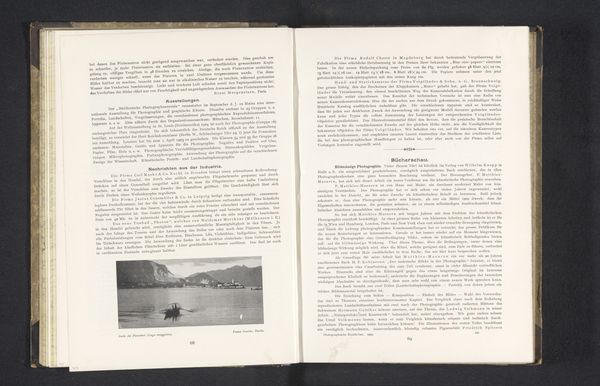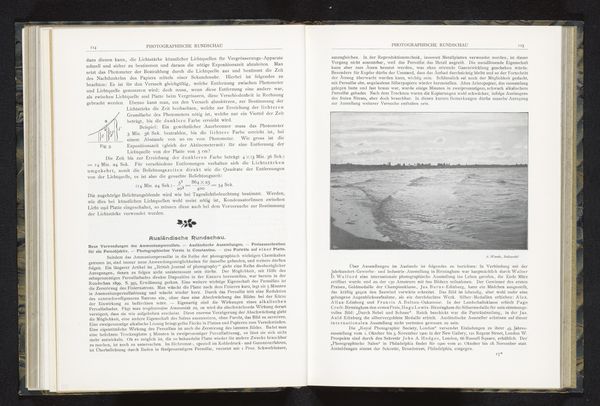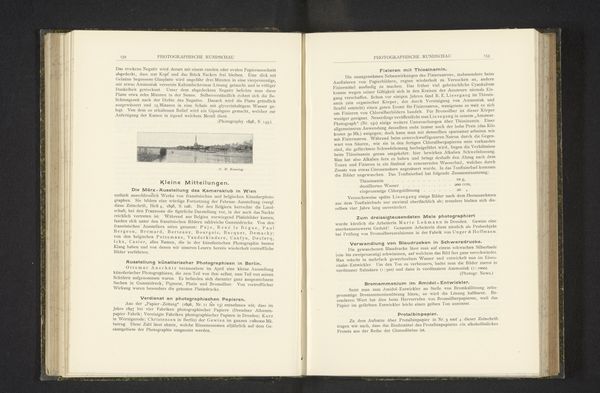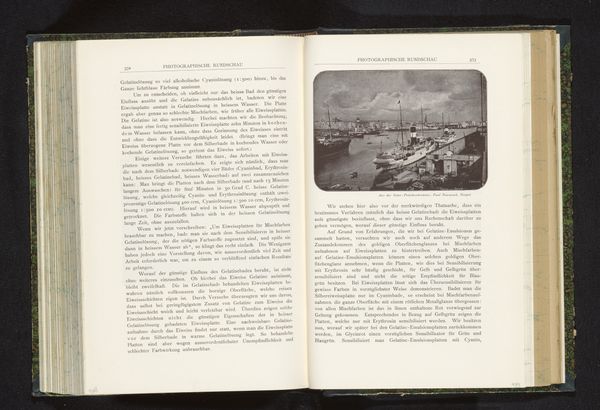
print, photography, gelatin-silver-print
#
still-life-photography
# print
#
photography
#
gelatin-silver-print
#
monochrome
Dimensions: height 60 mm, width 92 mm
Copyright: Rijks Museum: Open Domain
Curator: This intriguing gelatin silver print is called "Gezicht op een dorp," or "View of a Village," attributed to Ritter von Schoeller, likely dating before 1900. Editor: My first impression is bleak, a northern, monochrome melancholy hangs over it, despite the idyllic-sounding title. Curator: The composition certainly enhances that mood. See how the lines of the thatched roofs draw the eye inexorably to a vanishing point on the horizon? There's a relentless, almost oppressive sense of perspective. Editor: Right, it pushes you into a social narrative. Consider the houses themselves – they appear quite humble. The photograph becomes a document of the rural working class at the turn of the century, their lives defined by agricultural labor. Where and when do you suspect the photography took place? Curator: Based on von Schoeller’s origins, possibly somewhere in the Austro-Hungarian territories. Observe how the monochrome medium itself removes any distraction of color, reducing everything to tone and texture, heightening the scene's formal qualities. The soft focus, while partially dictated by technological constraints, also adds to the feeling of remove and nostalgia. Editor: Indeed. And looking closer, there's a starkness, but also an elegance. These structures, despite their simplicity, have an architectural rhythm, almost a visual music created by their repetition. I think it challenges any simplistic romantic view of village life. It reveals the stark reality but in a way that draws you in, that is ultimately quite haunting. What purpose do you suspect von Schoeller wanted to express with the choice of this specific viewpoint of the buildings? Curator: Perhaps it’s his particular aesthetic viewpoint which favors harmony and the flattening effect caused by the photograph, where details are stripped away, allowing form and shadow to dictate our perception. Editor: True. Ultimately, though, I see this work as an important visual statement about place, labor, and societal structures in that era. Curator: And I appreciate the elegant interplay of form and tone creating such a powerful image.
Comments
No comments
Be the first to comment and join the conversation on the ultimate creative platform.


